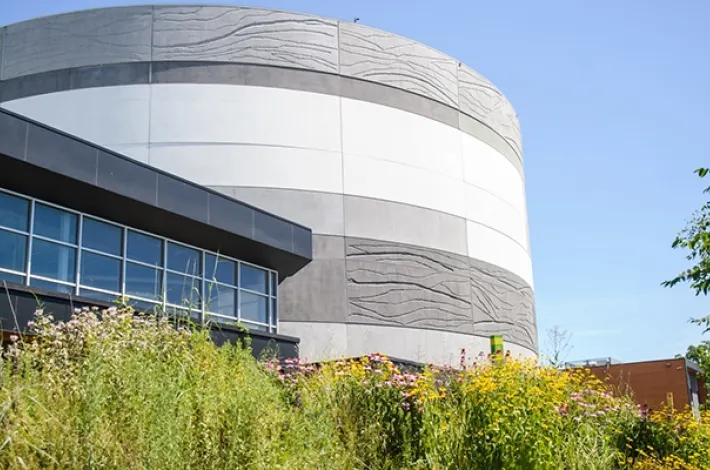
Beehives at home: How to help bees without harming yourself

Bees are currently on the verge of extinction due to what is known as colony collapse disorder. In itself, this would be a natural catastrophe, as bees are responsible for pollinating flowers and fruit trees as well as for the entire bee-related industry. However, we can all make a small gesture to counter this phenomenon by raising awareness about this syndrome that is wiping out the bee population and highlighting solutions to help stem it.

The colony collapse disorder
This scourge, called colony collapse disorder (CCD), has been observed in nearly every country around the world. In their nearly 60 million years of existence on the planet, bees have experienced their share of disappearances due to extreme climate change, harsh winters, a significant lack of vegetation, epidemics and, in recent decades, the use of pesticides. However, this syndrome was given a name in 2006 after observing a worldwide exodus of worker bees from their hives, leaving behind the queen, a few drones (male bees), eggs, larvae and pupae. Without worker bees, hives eventually die and disappear. This is a major cause for concern as entire regions have suddenly found themselves without bees and their beekeeping production reduced to nothing.
According to Pascale Mollier*, though they vary from country to country, the factors responsible for this most recent epidemic include the varroa (a parasitic mite), which weakens bees, the nosema ceranae (a microscopic fungus), the IAPV virus and pesticides.

How to help
Fortunately, there are a several ways to help. We’ll tell you about a few of them.
Eat more local honey.
By eating locally produced honey, you will help sustain beekeepers in your area and add a healthy source of sugar to your diet. Among its many virtues, did you know that honey has antibacterial properties, can invigorate you and promotes healing? It is also high in vitamin B (B1, B2, B3, B5 and B6) and C, and is therefore a healthier form of sugar than white sugar or sweeteners.

Plant flowers.
Whether it’s a few flower pots on your balcony or a vast yard with a big garden, planting flowers will make a big difference. Bees love their pollen and the flowers will draw them in to gather nectar. The best species to plant are melliferous plants, which are considered honey makers as they produce so many blossoms and are an abundant source of nectar. For example, you could plant cosmos, poppies, sage, verbena, rosemary, sunflowers or dill. Even goldenrod, which often grows on the side of the highway, is an excellent plant for bees. Visit the website Bring Back The Bees and sign up to receive free wildflower seeds.
Give them water.
Bees need a shallow body of water to drink from. No need for a pool or a deep pond; a small bird bath will do just fine.
Don’t use pesticides in your garden.
It may seem obvious, but many people still use chemical products to prevent dandelions, for example. Non-toxic solutions are available. All you have to do is ask about them.
Install your own beehive.
Lastly, you can take the leap and install your own beehive. However, before doing so, you should get more information and consult the Apiary Map to find out about beekeeping activities in your area. If you live in an urban setting, Agriculture Montréal offers a host of useful tips. In terms of equipment, there are traditional beehives and bee houses, which are smaller and can easily be installed high above the ground.
While these potential solutions will not completely eliminate the disorder afflicting bees, they will certainly make a dent. In the meantime, they will help your garden flourish all season long.
* Pascale Mollier, INRA-Université d’Avignon mixed research unit, “Abeilles et environnement – plusieurs facteurs,” “Le déclin des abeilles, un casse-tête pour la recherche,” INRA Magazine, Institut national de la recherche agronomique, June 2009, p. 13-24
You may also like...





